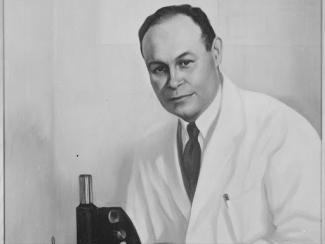
In 1920, his 13-year-old sister died from tuberculosis during the influenza pandemic. Devastated by this tragedy, Charles Drew was determined to save others by entering the medical field.
It didn’t matter to colleges that he was a gifted student; it only mattered that he was Black. From 1922 to 1933, Dr. Charles Drew attended three different colleges, including one in Canada, to complete his medical and surgical degrees. His determination paid off for the entire world.
During World War II, Drew revolutionized the blood banking system. Blood could not be preserved for long and had to remain in the facility where it was drawn. Drew’s research split plasma from blood, extending its storage life. He then created a way to make it transportable, saving the lives of soldiers fighting overseas and, eventually, anyone else who needed blood.
Drew’s innovations earned him a medical directorship at the American Red Cross. However, when the military and the Red Cross demanded that Black blood be segregated from white blood, Drew resigned in protest, calling the policy morally and scientifically unjust. He took his genius to Howard University to train the next generation of Black surgeons.
Despite racism, segregation, and anti-Blackness, Dr. Charles Drew’s dedication to advancing medicine revolutionized blood transfusion practices and saved countless lives. His legacy lives on today through the widespread use of blood banks and safe transfusion practices.